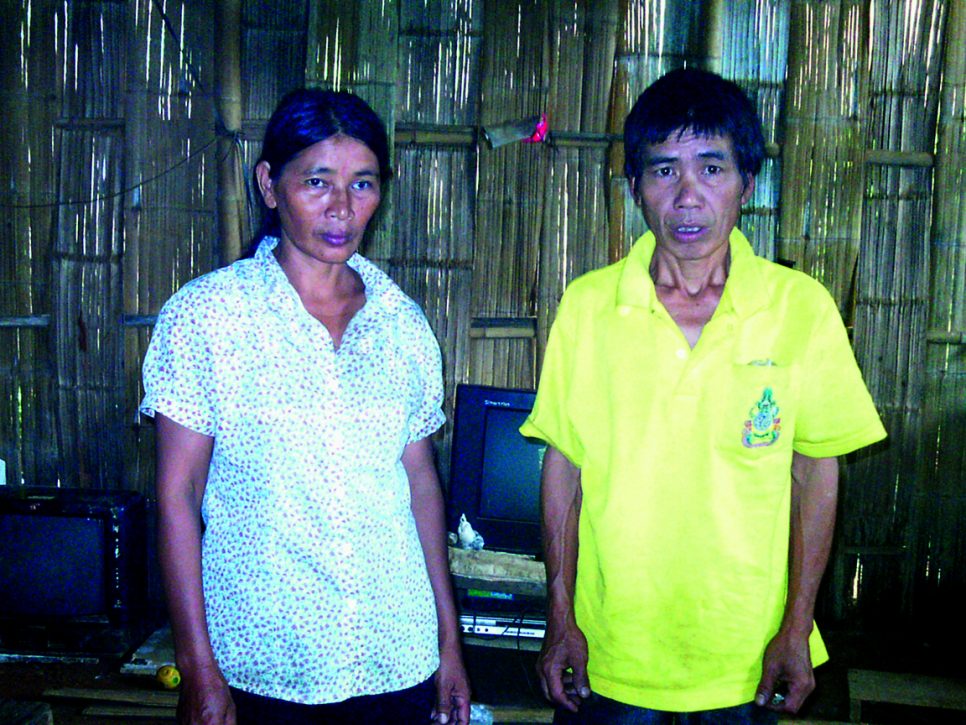THAILAND
This tea farm that my family works on explained Sen, 16. © UNHCR
Thailand’s stateless population is mostly made up of indigenous ‘Hill Tribe’ groups living in mountainous regions bordering countries such as Myanmar, Cambodia and Laos. Many were deprived of Thai nationality as a result of a border demarcation in 1904 and certain legislative amendments 1972. They generally face limitations on movement and challenges in accessing basic services and other social benefits reserved for “nationals,” although they do benefit from access to public education pursuant to the “Education for All” policy and some access to local health services as well as employment rights in some 27 defined occupations. Following important reforms to Thailand’s nationality and civil registration laws, and the adoption of a progressive nationality strategy to address statelessness, 23,000 registered stateless persons have acquired Thai nationality since 2011. A new policy which aims to determine the eligibility of stateless students for Thai nationality could benefit up to 65,000 students or 15% of the registered stateless population.
- Artee is 18 years old. She is popular in school and is always surrounded by friends, some of whom are stateless like her. Even so, she feels stigmatized because she is stateless. “Sometimes my friends tease me because they know I don’t have documents. It makes me feel inferior, disheartened, tired and hurt.” © UNHCR/ R. Arnold
- I cannot bear seeing my parents working so hard. I want them to live happily. I want to have a luxurious house and a comfortable car to drive. I would love to take my parents travelling. The thing is, none of my family members have any nationality. I want my dreams to succeed, but without nationality I’m being pulled back. (Jo, 16).


